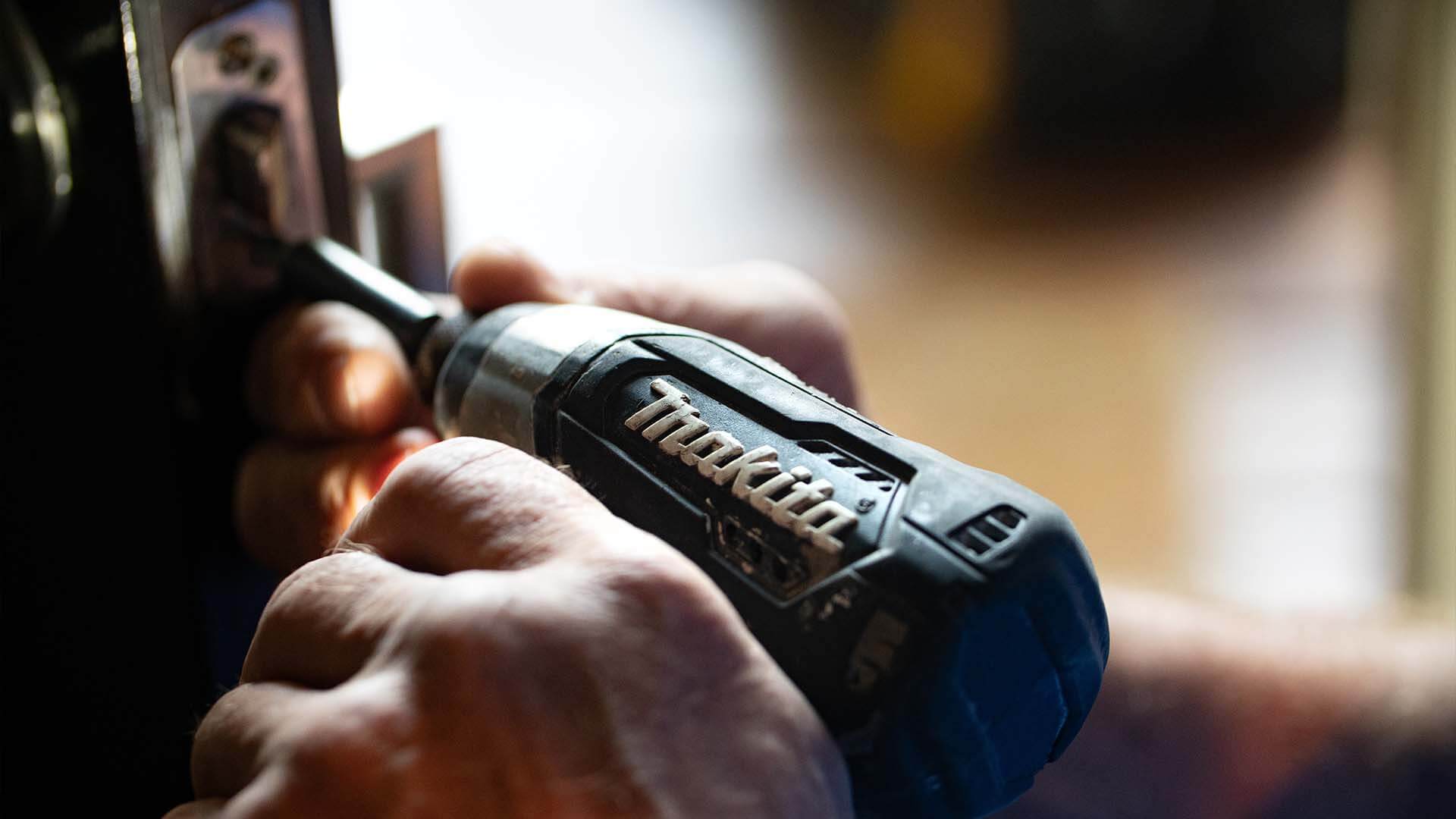Question
Many experts advise cutting losses at 7-8% below the purchase price of a stock – no matter what. Is it a good idea? Is it a good substitute for hedging by shorting the market?”
Answer
William O’Neil is one expert who advises the referenced strategy. I think he is a brilliant investor and his methods are valid in the right context. He identifies stocks with good price and earnings momentum and his approach gets him out when the “tide has turned”. Realize that his method is a general guideline to a massive audience.
I prefer to always stay hedged with long and short positions that display respective strength/weakness. For each stock I outline my expectations and I identify support/resistance levels. How the stock behaves relative to the market and how it acts at these levels will determine my actions. I have found this stop approach to be more effective (relative to a standard percentage) since each stock is unique.
More specifically, my previous article addressed a portfolio of option positions that had one-sided (bullish) market exposure. If the trader still felt that the positions were legitimate and he needed short-term protection, the SPY hedge would have been an effective way to reduce risk and weather the storm. If his opinion changes, it will also allow him to calmly exit the call positions. He now has the latitude to work the orders as opposed to hitting bids. The bid/ask spreads are often a mile wide and they can represent 10% of the underlying price of the option. If he bailed on all of the positions and got back in when the dust had settled, his slippage would have been extremely high (relative to the SPY hedge). Getting out of option positions at a fair price can have a big affect on performance.
If a position does the unexpected, you should look to get out. If it is moving in sympathy with the market and it still looks relatively strong, a short term hedge might be the answer.
Thanks for the question.









